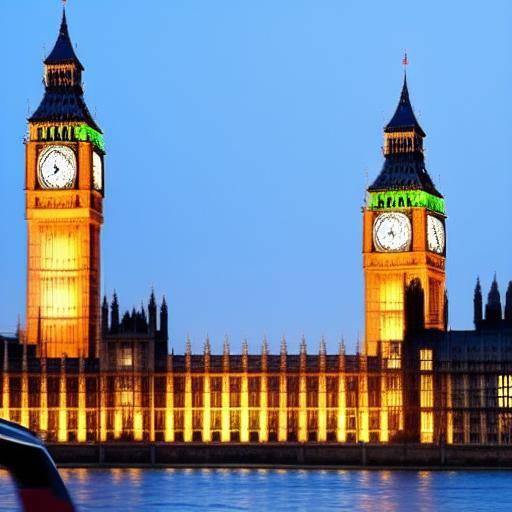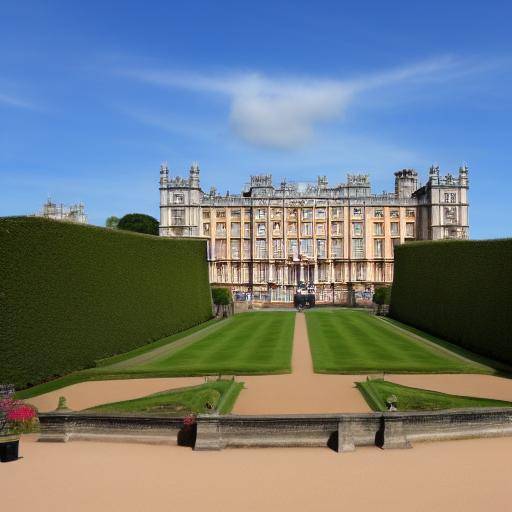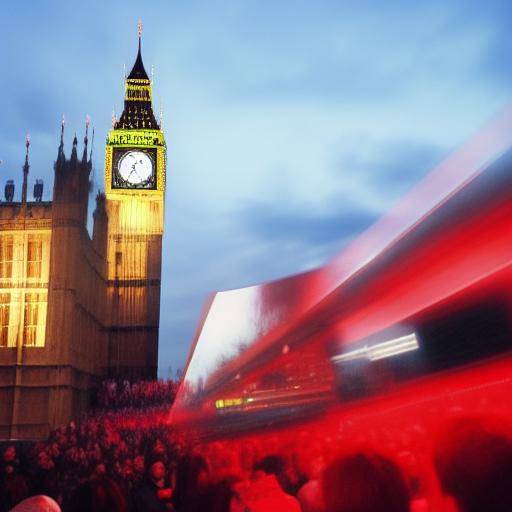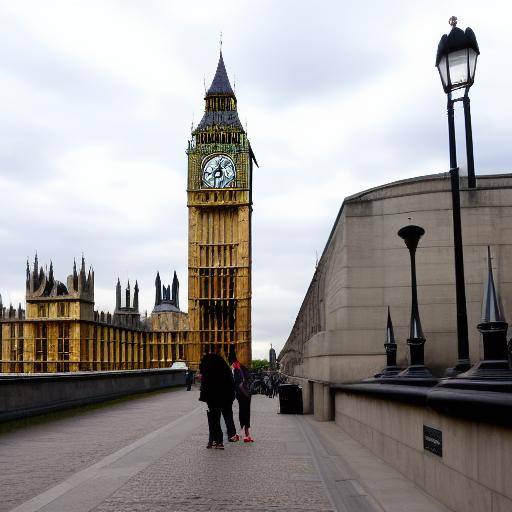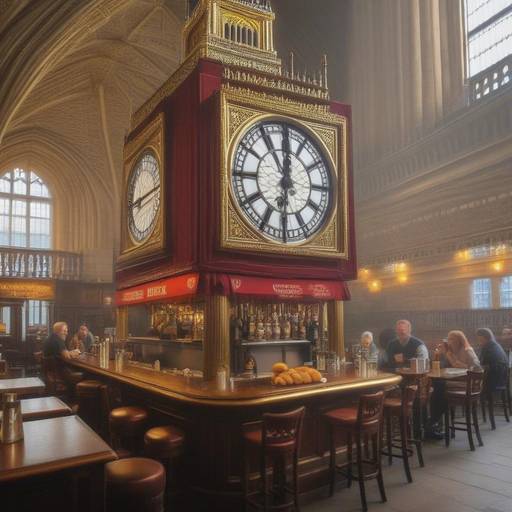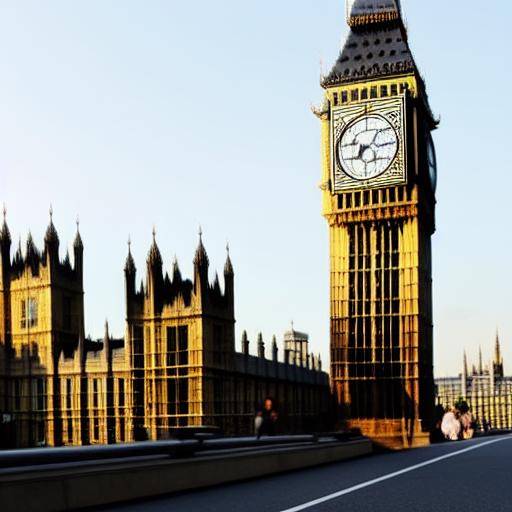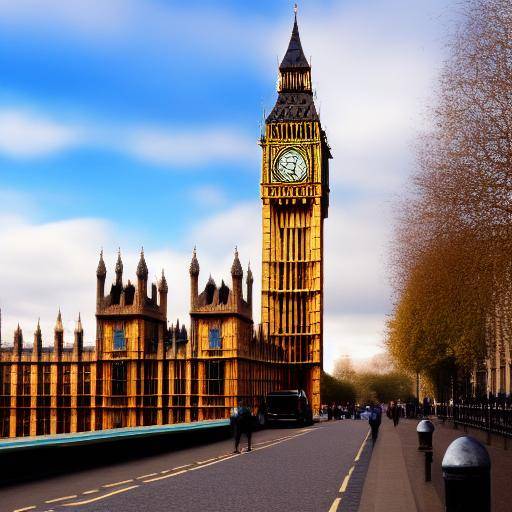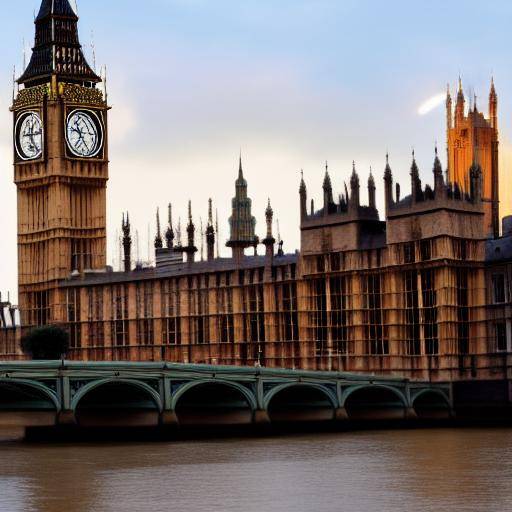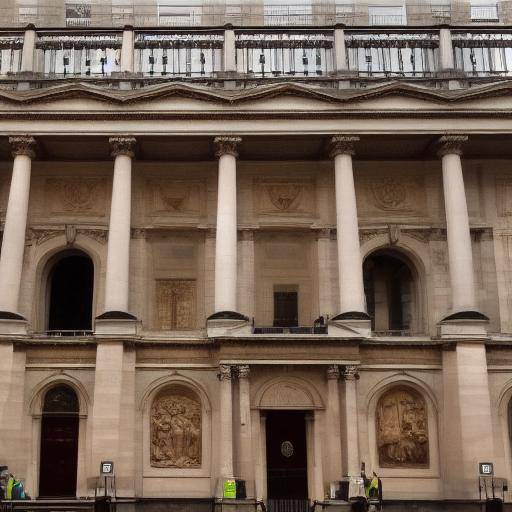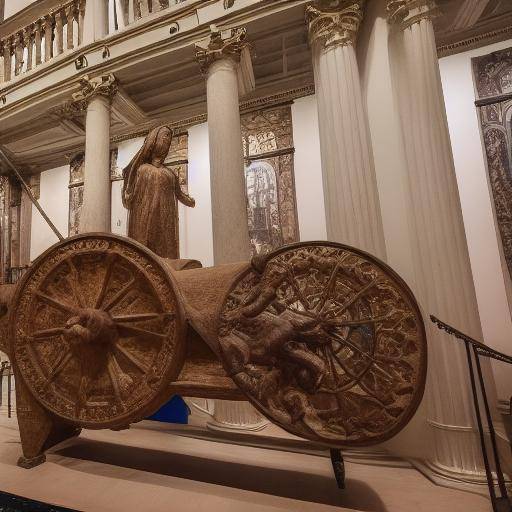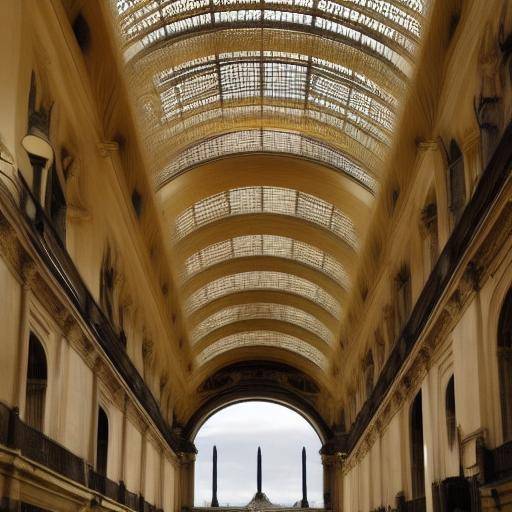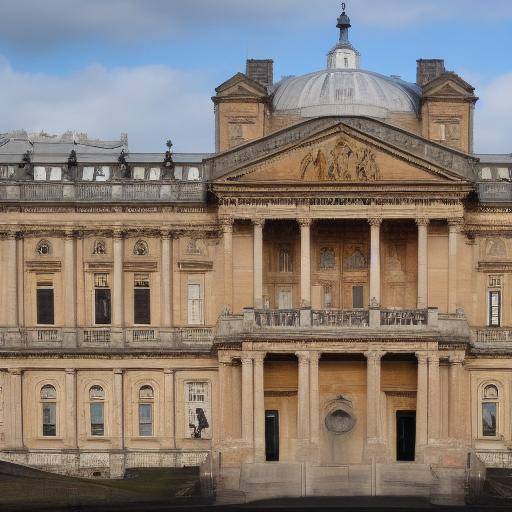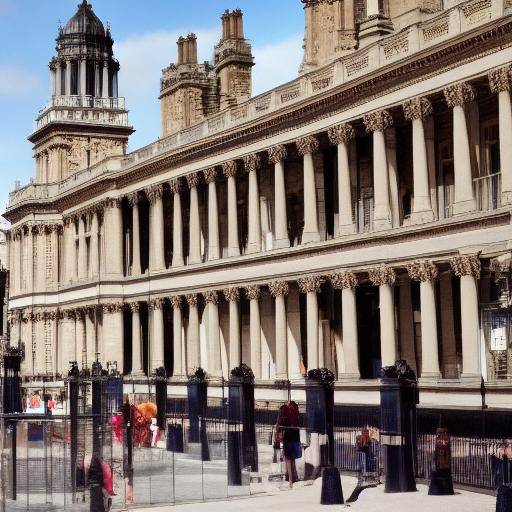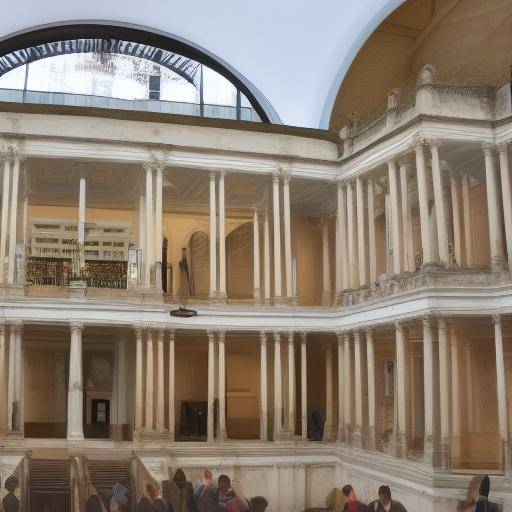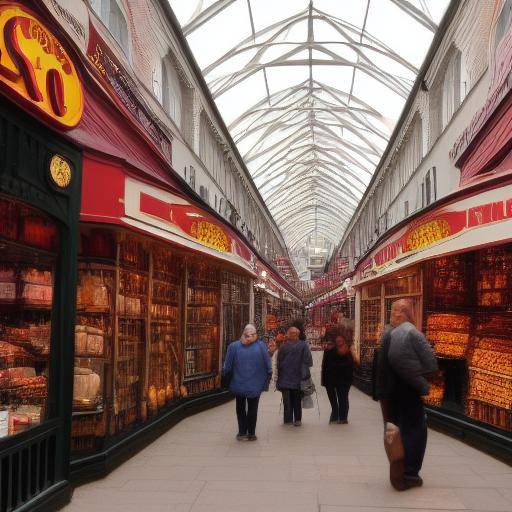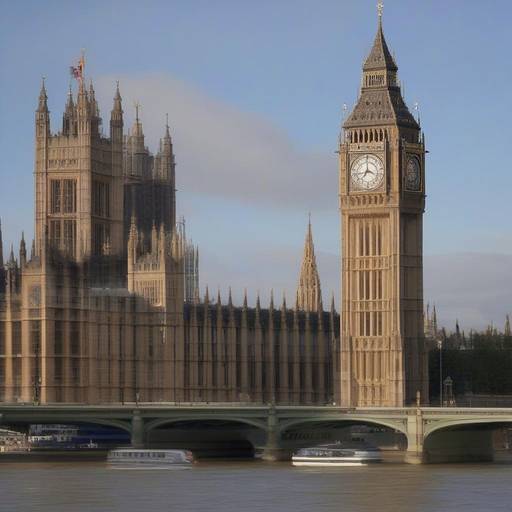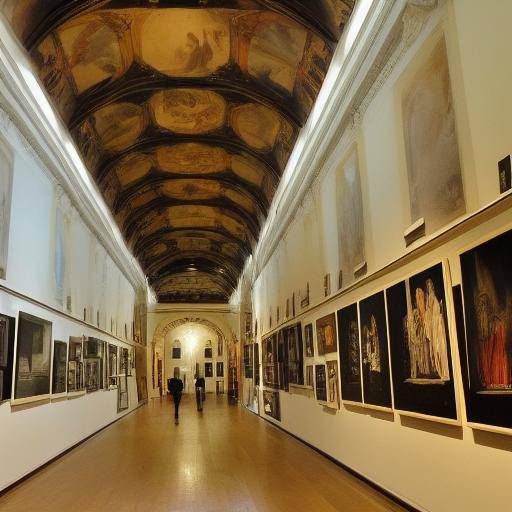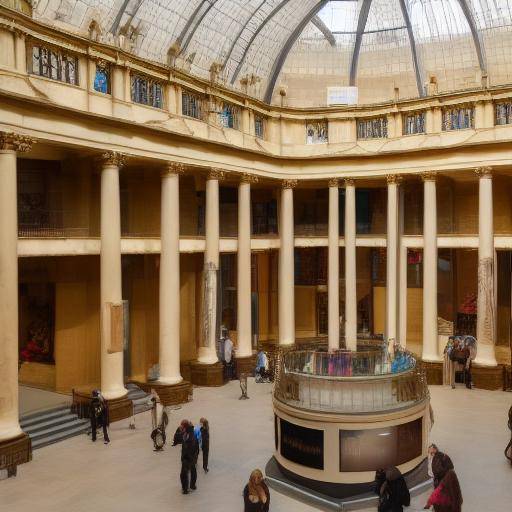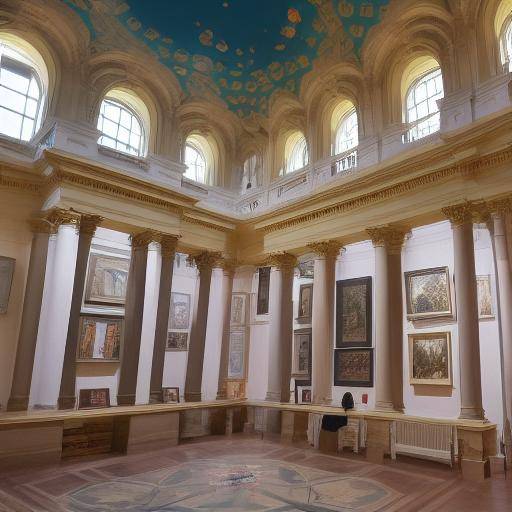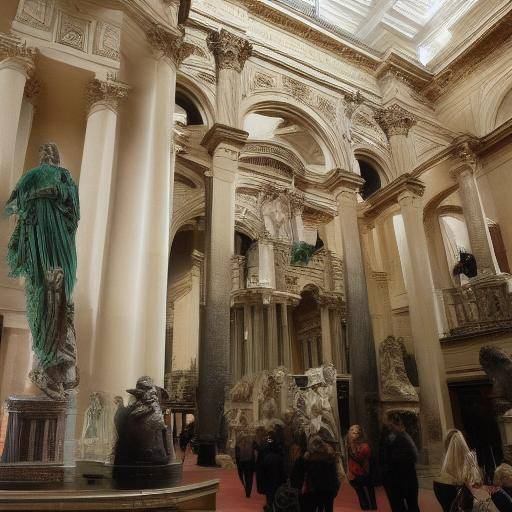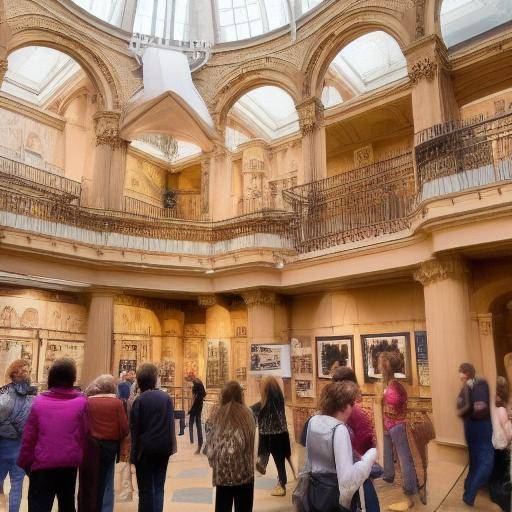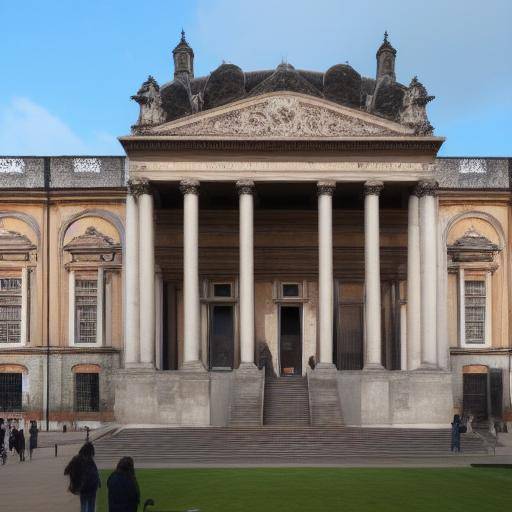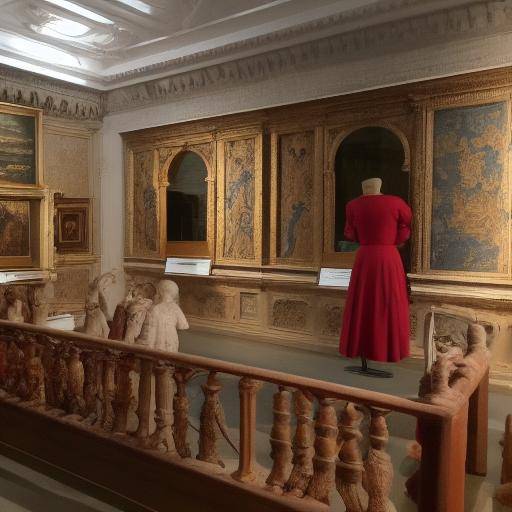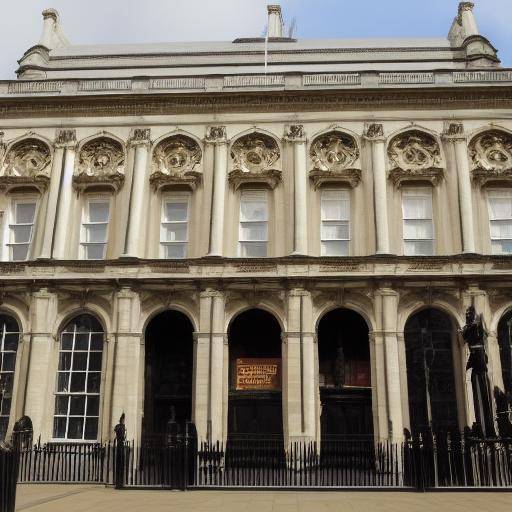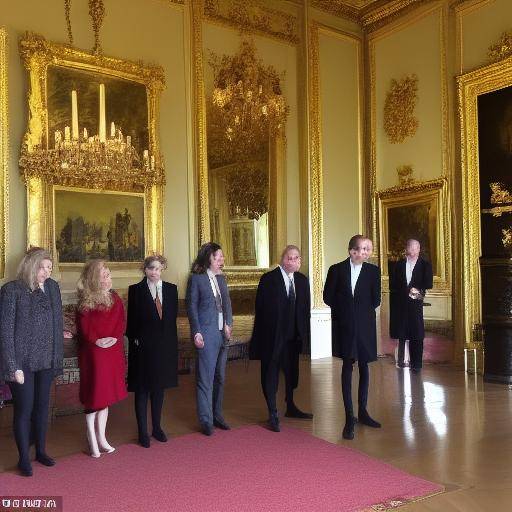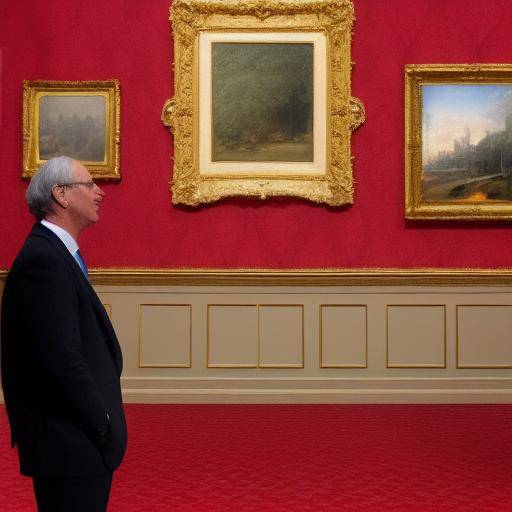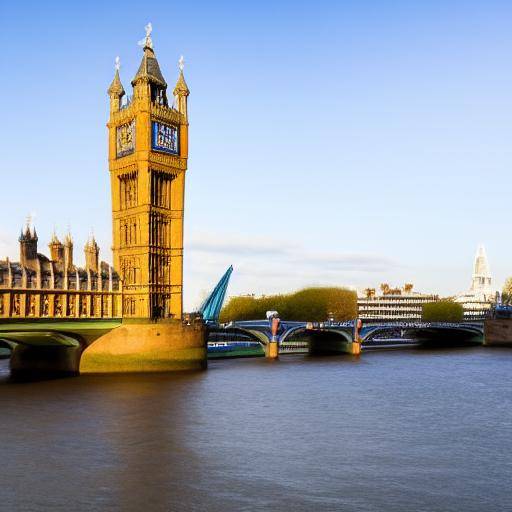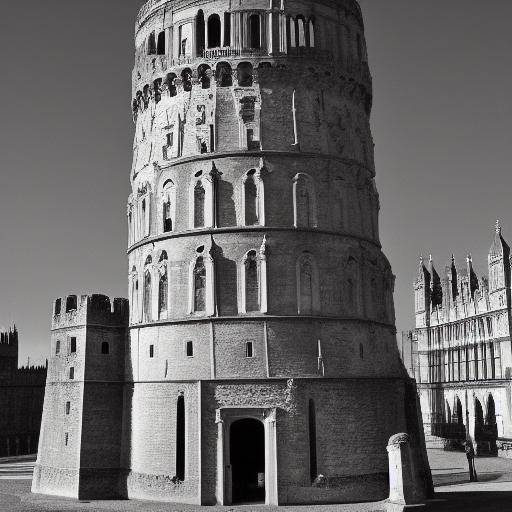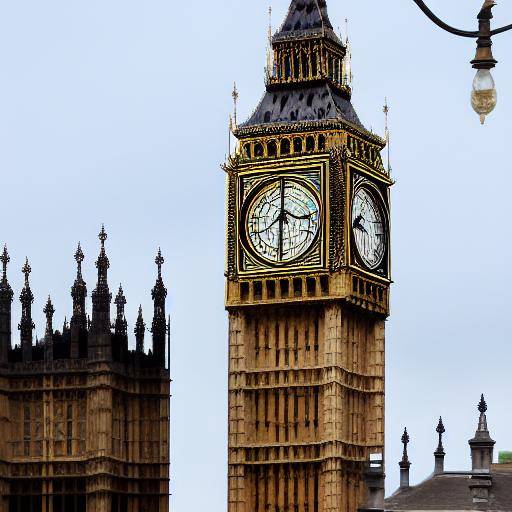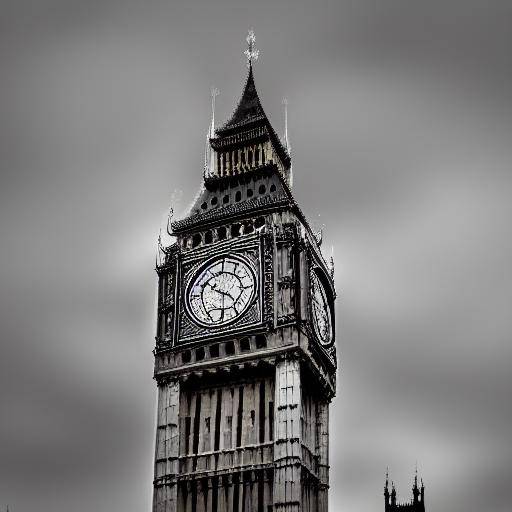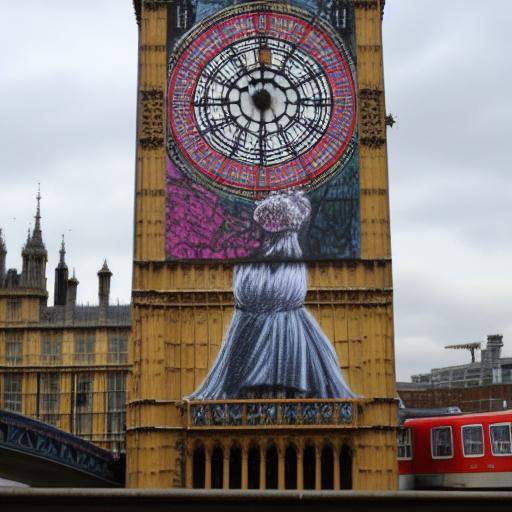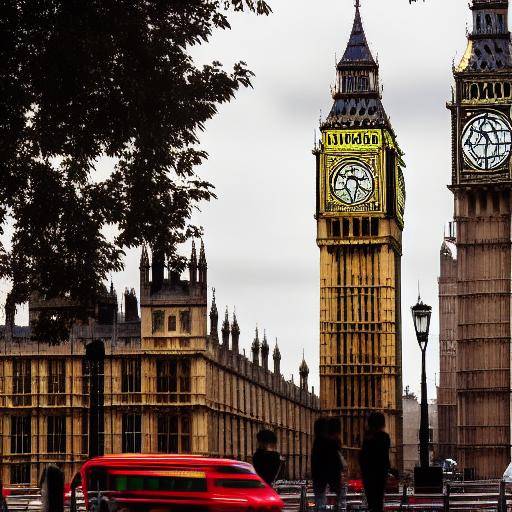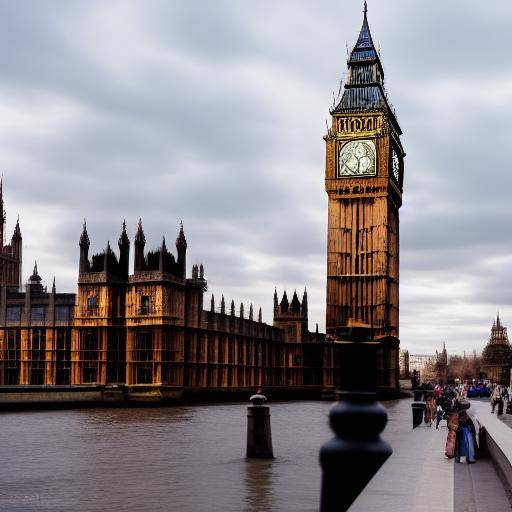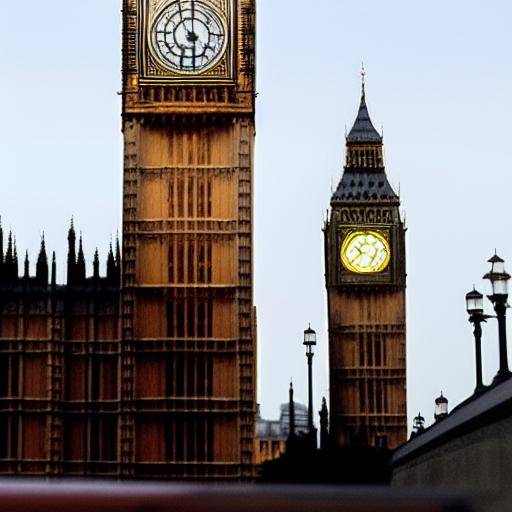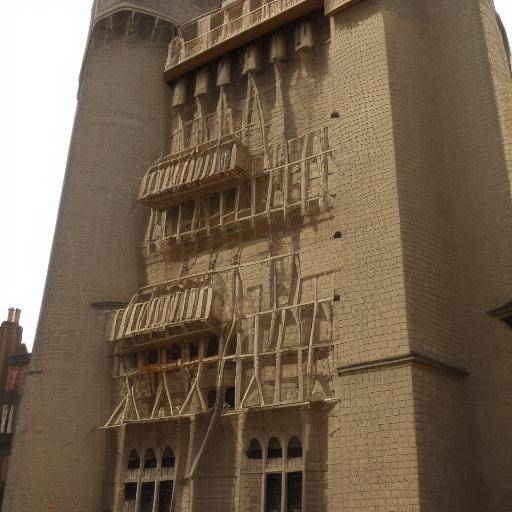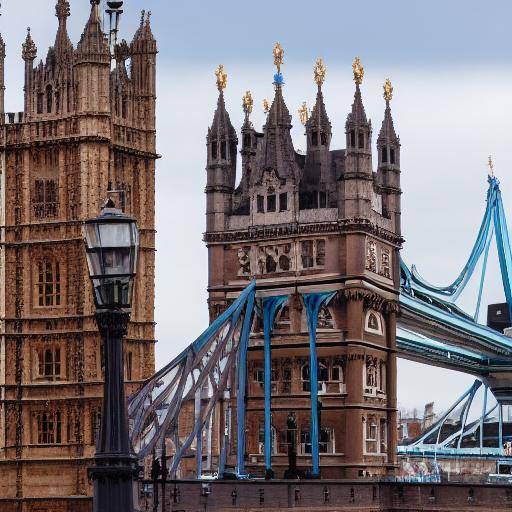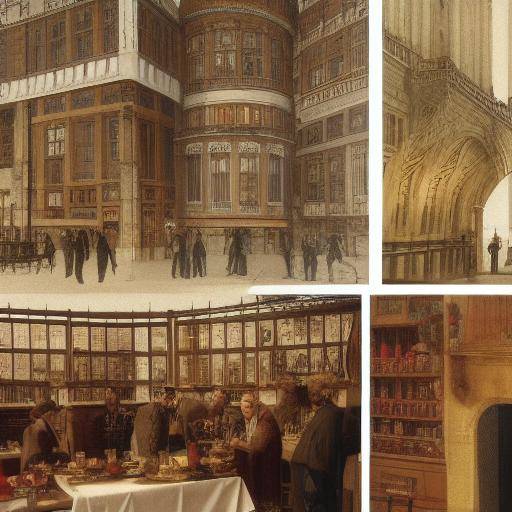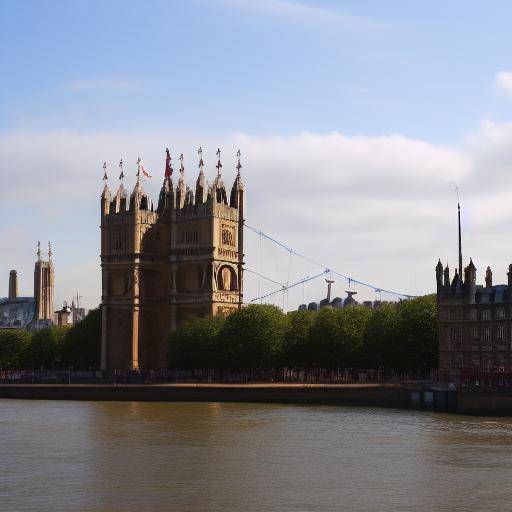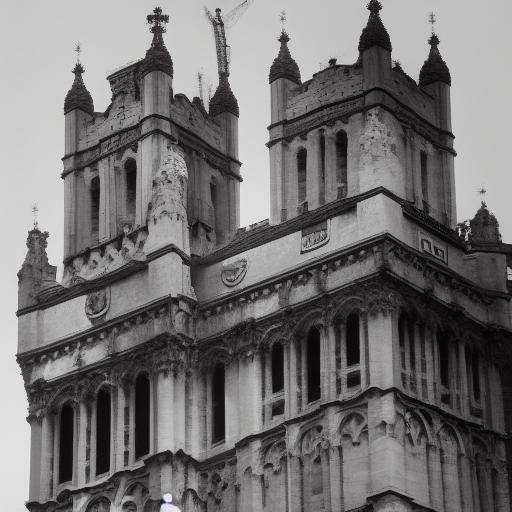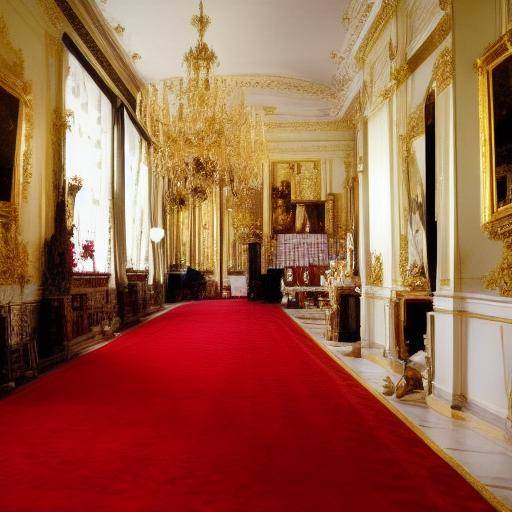
The British Museum in London It is a cultural and educational treasure that houses a vast collection of artifacts, works of art, and historical objects covering thousands of years of history. This jewel in the heart of the capital United Kingdom It is not only a must for lovers of history and art, but also a place full of knowledge and beauty that inspires visitors from around the world.
In this article, we will explore in detail the British Museum and immerse ourselves in the richness of its history, its panoramic view of works of art and historical objects, and the treasures that make it an incomparable destination in London. We will also compare the British Museum with other cultural destinations, analyze current and future trends in the world of museums, and provide practical advice and advice to ensure that your experience in the British Museum is enriching and memorable.
History and Background
The Origin of the Museum
The British Museum has its roots in 1753, when it was founded by the British Parliament. Initially, the collection was based on the personal collections of physicians and scientists Sir Hans Sloane, Robert Harley and the Count of Pembroke. The original vision was from a place that could bring citizens closer to different cultures and the history of the world.
Growth and Development
During the 18th and 19th centuries, the museum began to acquire pieces from other parts of the world, expanding its collection and diversifying its approach to the well-being of humanity. The British Museum has been an epicenter for the exploration and discovery of historical and cultural treasures.
Significant issues
Throughout its history, the British Museum has celebrated several milestones, such as the opening of the Great Hall, the discovery of the Rosetta Stone in 1799, and its inauguration to the public in 1759. These events have consolidated the position of the museum as one of the most outstanding cultural destinations in the world.
Analysis in Deep
Current Benefits and Challenges
The British Museum offers invaluable benefits for society in preserving, studying and exhibiting objects of historical and cultural significance. However, it also faces challenges such as the need to balance conservation with accessibility and pressure to address issues of restitution of objects from colonial contexts.
Real Statistics and Examples
According to recent estimates, the British Museum receives more than 6 million visitors a year, making it one of the most popular museums in the world. In addition, its renowned collection of Egyptian antiques, Greek and Roman sculptures, and artistic treasures are sources of inspiration for academic studies and visitors alike.
Comprehensive review
Applications and Best Practices
The British Museum has been a pioneer in conservation and exhibition techniques to promote understanding and enjoyment of its vast collection. It has also established collaborations with museums around the world to facilitate cultural exchanges and exhibit collections more inclusively.
Perspectives and Vision Futura
Experts in the field of conservation and museumism highlight the importance of adopting sustainable and responsible approaches for the future development of the British Museum. The adoption of innovative technologies and the promotion of diversity and inclusion are at the centre of discussions on the future direction of the museum.
Comparative analysis
British Museum vs. Other Cultural Destinations
Compared to the Louvre in Paris or the Hermitage in St.Petersburg, the British Museum stands out for its global approach to history and culture. While the Louvre focuses on European art and Hermitage in Russian art, the British Museum offers a broader perspective, including art and artifacts from around the world, making it an unmatched destination for those interested in cultural diversity.
Similarities, Differences and Synergies
While each museum has its own distinctive approach and collection, they all share the common goal of preserving and exhibiting human history and culture. Through collaborations and exchange programs, these museums can enrich each other and offer visitors a more comprehensive view of global heritage.
Practical Tips and Accessible Advice
- Plan your Visit with Antelation: Given the vast size of the museum and the number of exhibitions, it is advisable to draw up a visit plan to make sure you see the highlights that interest you most.
- Take advantage of the Guided Tours: The British Museum offers specialized guided tours that will give you a deeper perspective on certain collections and exhibitions.
- Download the Museum App: The official application of the British Museum offers detailed maps, descriptions of updated works and schedules, which will help you maximize your time during the visit.
Information and Industry Insights
Interviews with Experts
We have had the opportunity to talk with experts in museums and conservation, who have shared ideas and opinions on the challenges and future prospects of the British Museum. His comments highlight the importance of accessibility, technological innovation and sustainability in the museum field.
Cases of Study and Applications in Real Life
The Impact of Restitution of Objects
Through study cases, we analyze the impact and ethical and cultural implications of restitution of objects to their countries of origin, a burning theme that is being addressed by the British Museum and other cultural institutions worldwide.
Future Trends and Predictions
Implications of Technology
Emerging technologies such as increased reality and artificial intelligence are transforming the way museums interact with their visitors. We examine how these innovations are being implemented at the British Museum and how they could shape the museum experience in the future.
Conclusion " FAQs
Conclusion
The British Museum, with its rich history, its global approach and its commitment to education and cultural enrichment, remains a beacon of knowledge and beauty in the world museum landscape. When visiting the British Museum, visitors have the opportunity to connect with history and culture in a unique and meaningful way.
FAQs
- What are the most outstanding attractions of the British Museum?
- The British Museum has a wide range of outstanding attractions, including the Rosetta Stone, the Friso del Partenón, and the Egyptian Collection, among others.
- What is the best way to get to the British Museum from central London?
- The British Museum is located on Great Russell Street, and is easily accessible by public transport, with nearby metro stations and several bus lines serving the area.
- Are there opportunities to participate in interactive activities at the British Museum?
- Yes, the British Museum offers a variety of workshops, talks and interactive activities for all ages, which allow visitors to explore history and culture in a practical and stimulating way.
- What is the best time of the year to visit the British Museum?
- The British Museum receives visitors throughout the year, but it is advisable to avoid holiday seasons and weekends to enjoy a quieter and less crowded experience.
- Does the British Museum charge entry?
- The British Museum is free for the general public, making it an accessible destination for all visitors interested in history and culture.
- What accessibility measures does the British Museum offer for visitors with special needs?
- The British Museum strives to be accessible to all visitors, and offers facilities and services adapted for people with disabilities, including touch-up tours, lifts and wheelchairs available for use.
In short, the British Museum is a cultural treasure that offers a unique immersion in the history and diversity of the world. From its origins to future trends, this museum continues to play a key role in the preservation and promotion of global heritage.
We hope this article has been informative and motivates you to explore the British Museum on your next visit to London!

